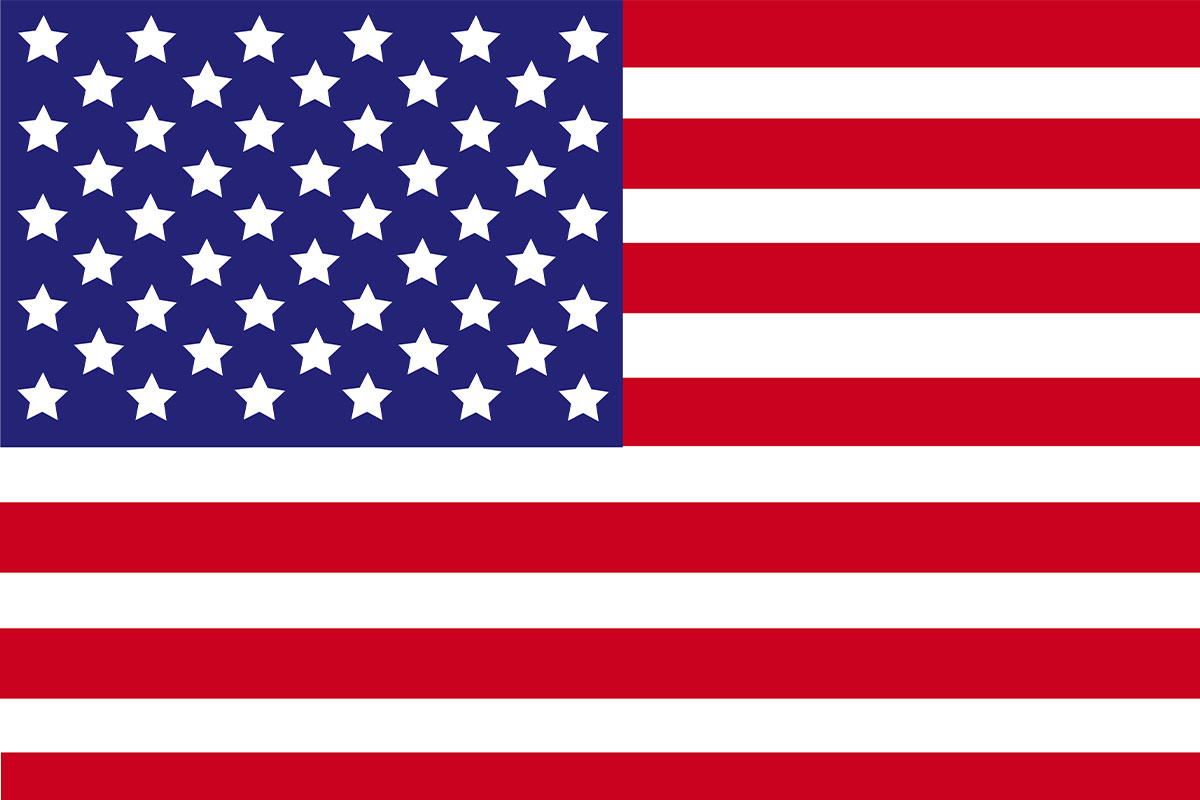From Concept to Launch: How SaaS Application Development Services Build Scalable Products
November 14, 2025 | 0 Comments
info@trickywebsolutions.com |
+1-225-276-2741
 USA
USA IN
IN
 SG
SG
 PT
PT
Though NFT technology became a reality back in 2014, hype over NFT began in between 2021 to 2022, and has been trending upward since. Similar to every new technology, NFTs offer a blend of challenges as well as opportunities. While their growing popularity has opened new doors for creators and investors, it has also drawn criticism for their volatility and vulnerability to scams. Today in this blog, we will guide you through what is NFT, how NFT works, NFT examples, and explore a few best NFT marketplace.
The definition of NFT is Non-fungible tokens, which are something that possesses certain distinguishing qualities and can not be substituted. These are bits of digital content such as images, videos, sound files, and games, among other digital content. Every NFT is different, each having its own unique digital signature, making each unique and distinct from the rest. An encryption function is used to create each token so they can be different from one another. Anyone can sell, buy, and trade the assets for money. NFTs are stored on digital ledgers, which are then stored in different locations.
With the growing popularity of NFTs, the scams related to them are also increasing. Some of the key NFT scams to be aware of include misleading links, fraudulent marketplace websites, selling copied work, and fake social media accounts. Below we have discussed a few NFT scams in detail:
Phishing frauds employ misleading links, pop-ups, or email messages to deceive people into exposing personal data or wiring money into a false account. Scammers on the NFT platform create phishing sites or simulate legitimate profiles on social media sites and deceive them into surrendering their private keys or paying money for NFTs that don’t exist.
These types of scams involve selling other users’ work and showing it as their own to buyers. Duplicate NFTs often mimic authentic digital assets, making it difficult for collectors to identify authentic tokens.
Pump-and-dump schemes involve artificially inflating the price of an NFT through coordinated marketing efforts, often led by influential individuals. Once the price peaks, the organizers sell off their holdings, causing the value to crash and leaving other investors with significant losses.
In this type of scam, scammers attract users to take part in fraudulent schemes through fake prices and rewards. But instead of getting the promised NFT, victims unknowingly give control of their wallets or share their private keys, allowing scammers to access their funds or assets.
To avoid these scams, you can implement two-factor security authorization, don’t invest too much initially, ignore spam messages, and do some research before investing.
NFT, a cryptographic digital asset, operates on blockchain technology, a decentralized public ledger that records every transaction. The minting process is used to create NFTs, where the asset’s data is encrypted, assigned a unique identifier, validated, and then permanently recorded on the blockchain. This is how NFT works. Each token is different from the others and has an owner with a specific blockchain address tied to it. Even if thousands of identical items are minted, they can be distinguished.
Similar to the physical things that we can buy and sell with money, NFT assets can be bought and sold in exchange for money. NFTs are generally non-divisible, though recent platforms like Fractional now allow shared ownership by splitting tokens into smaller fractions. Once the tokens are encrypted using blockchain technology, they can not be modified. This uniqueness and the inability to exchange one NFT for another of equal value is what makes them non-fungible.
NFTs have expanded into multiple domains, increasing their popularity into various domains. Below we have listed a few of the NFT examples:
Photography: Images can be tokenized by photographers to provide full or partial ownership. For example, OpenSea creator erubes1 has been able to sell ocean-based photo NFTs successfully.
Sports: NFTs of athletes, digital memorabilia, and highlight reels are extremely popular, marrying fandom with digital possession.
Trading Cards: Digital representations of collectible cards, some of which have increased utility in video games, are being actively traded as NFTs.
Utility NFTs: Utility NFT is one of the NFT examples that are used for functional purposes—unlocking material, providing memberships, or granting privileged access to services.
Virtual Worlds: NFTs provide ownership of virtual property, avatar accessories, and in-game objects in games such as Decentraland or The Sandbox.
Collectibles: Iconic collectibles like Bored Ape Yacht Club, CryptoPunks, and Pudgy Pandas remain at the forefront of NFT news.
Domain Names: NFTs can be used to represent ownership of blockchain domains, allowing users to have decentralized control over web identities.
Music: Artists are tokenizing albums and songs, providing fans with access, royalties, or other benefits linked to ownership.
There are commonly three categories of NFT marketplaces:
Open marketplace is a platform that allows sellers or anyone to list and sell their NFTs to different buyers online. Multiple sellers can sell their services and products on one platform. A few examples of open marketplace NFTs are OpenSea and SuperRare.
Only authorized users who have access can utilize these NFT platforms. Unlike an open marketplace, a closed marketplace does not allow anyone to access its platform without a subscription. Only users with a subscription are allowed for buying and selling. A few examples of closed marketplaces are Sorare, VeeFriends Marketplace, and NFL All Day.
A proprietary marketplace is a platform offering NFTs owned and licensed by the company behind the platform.
Many of the traders enroll in multiple NFT marketplaces, so they can get any information about NFT drops instantly.
With the increased demand for NFTs, the need for more NFT marketplaces is also growing. Here we have listed a few of the best NFT Marketplace:
NBA Top Shot: This platform is dedicated to sports fans, allowing users to collect and trade video highlights and basketball-themed NFTs.
OpenSea: OpenSea is one of the versatile and best NFT marketplace, featuring NFTs in various categories, including art, music, fashion, games, and so on, along with educational resources for new users.
Nifty Gateway: Popular due to its handpicked collections and association with popular digital artists, the platform resonates with buyers who want long-term value.
Rarible: Founded on the Ethereum platform, Rarible makes it easy for creators to mint, sell, and exchange digital artwork NFTs, with an emphasis on a community-driven rights system to own.
1) Download and create an account to set up the digital wallet on platforms like Trust Wallet, MetaMask, or Enjin.
2) Link your crypto wallet to the NFT marketplace platform to start buying or selling.
3) Create and list your NFT for sale, or explore and buy content through bidding or direct purchase.
Depending on the marketplace and seller, users can either bid in auctions or buy NFTs instantly.
Recent Posts

From Concept to Launch: How SaaS Application Development Services Build Scalable Products
November 14, 2025 | 0 Comments

Agentic AI: The Rise of Autonomous Decision-Makers in a Human-Centric World
November 12, 2025 | 0 Comments

Empowering Growth: Cutting-Edge SaaS Application Development Solutions
November 10, 2025 | 0 Comments

Step into Web Design & Development: Creative Solutions That Elevate Your Presence
November 3, 2025 | 0 Comments

Supercharge Your eCommerce: Innovative Mobile App Development Solutions
October 31, 2025 | 0 Comments

Building the Future: Scalable & Agile Cloud Native App Development Solutions
October 30, 2025 | 0 Comments
Categories

We will zealously try to help you by providing technical support. We are open to inquiries or requests.
info@trickywebsolutions.com
1945 Brightside Drive, Baton Rouge, LA -70820
We are available for a friendly chat to discuss your business needs, no obligation.